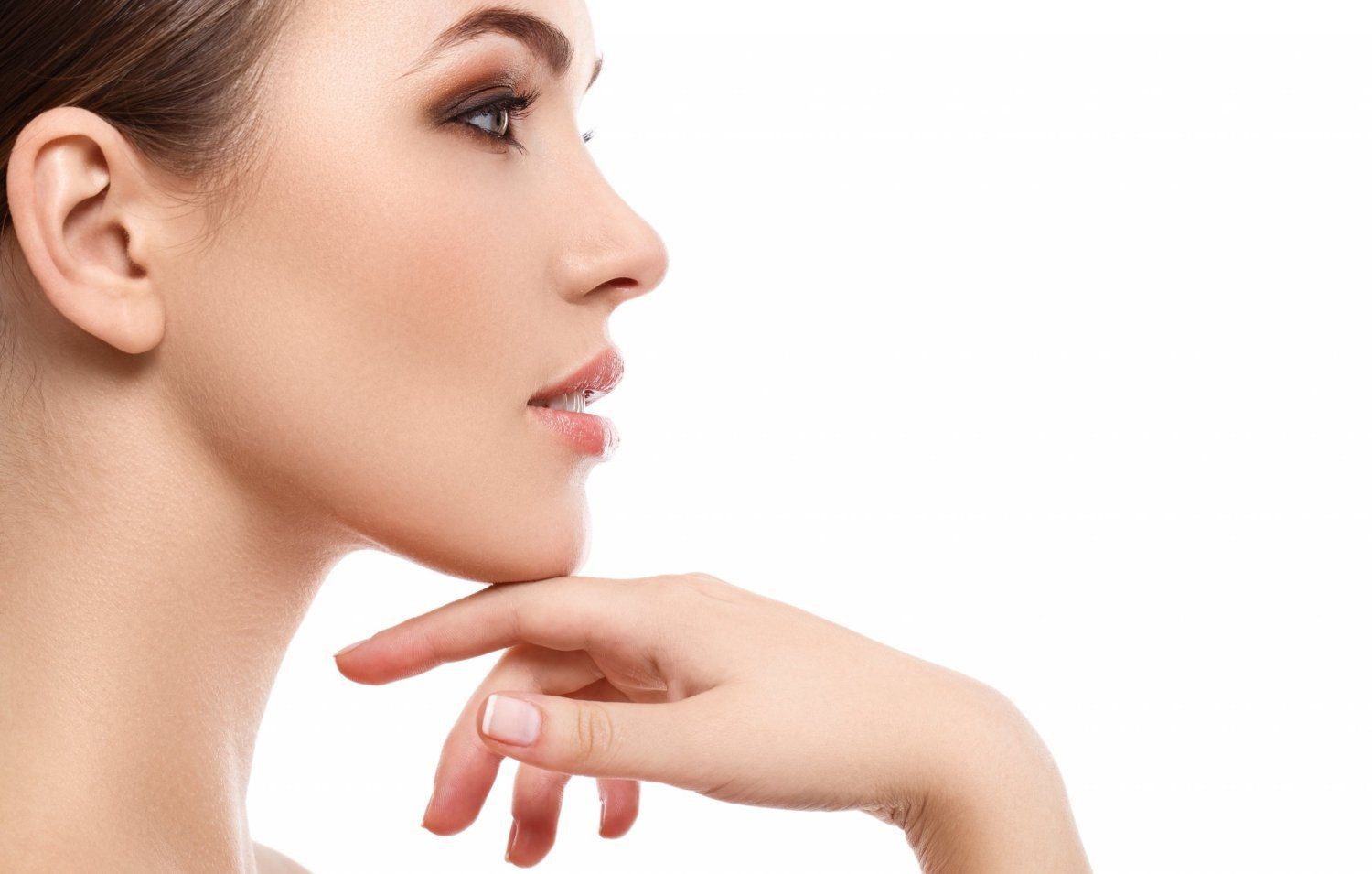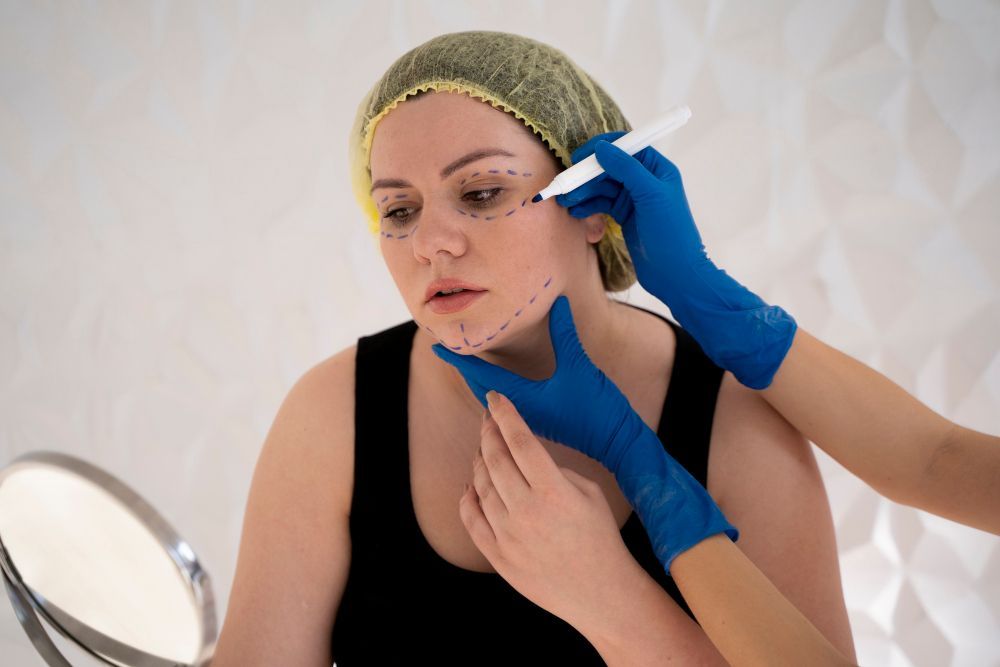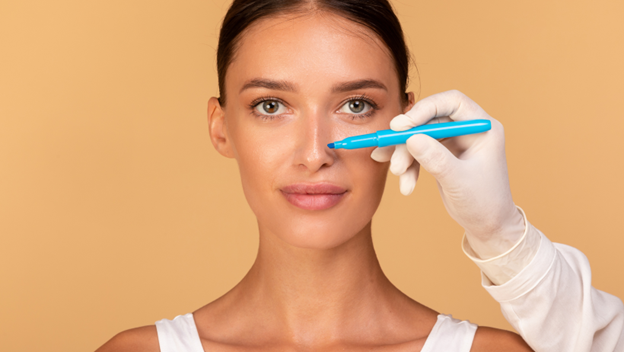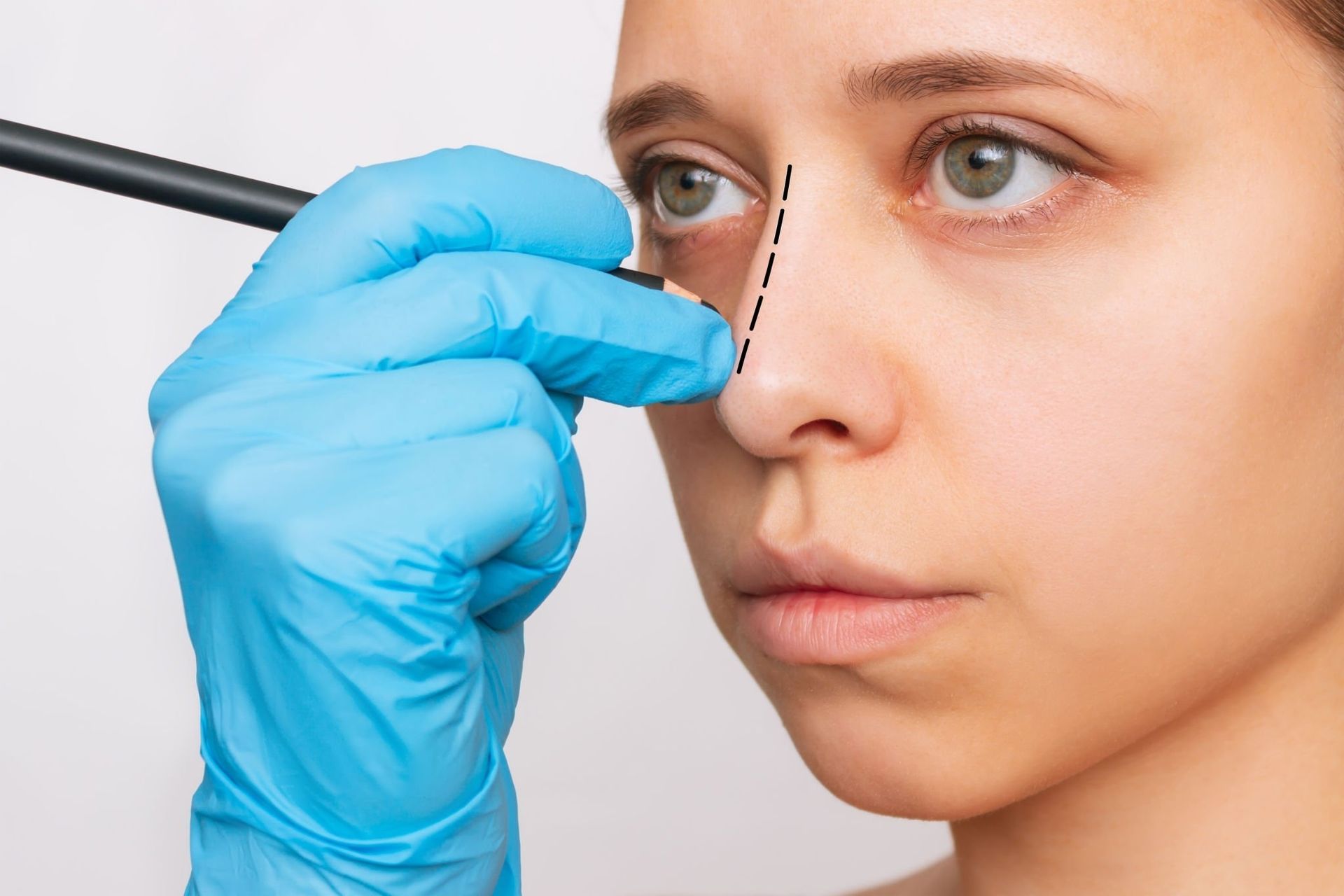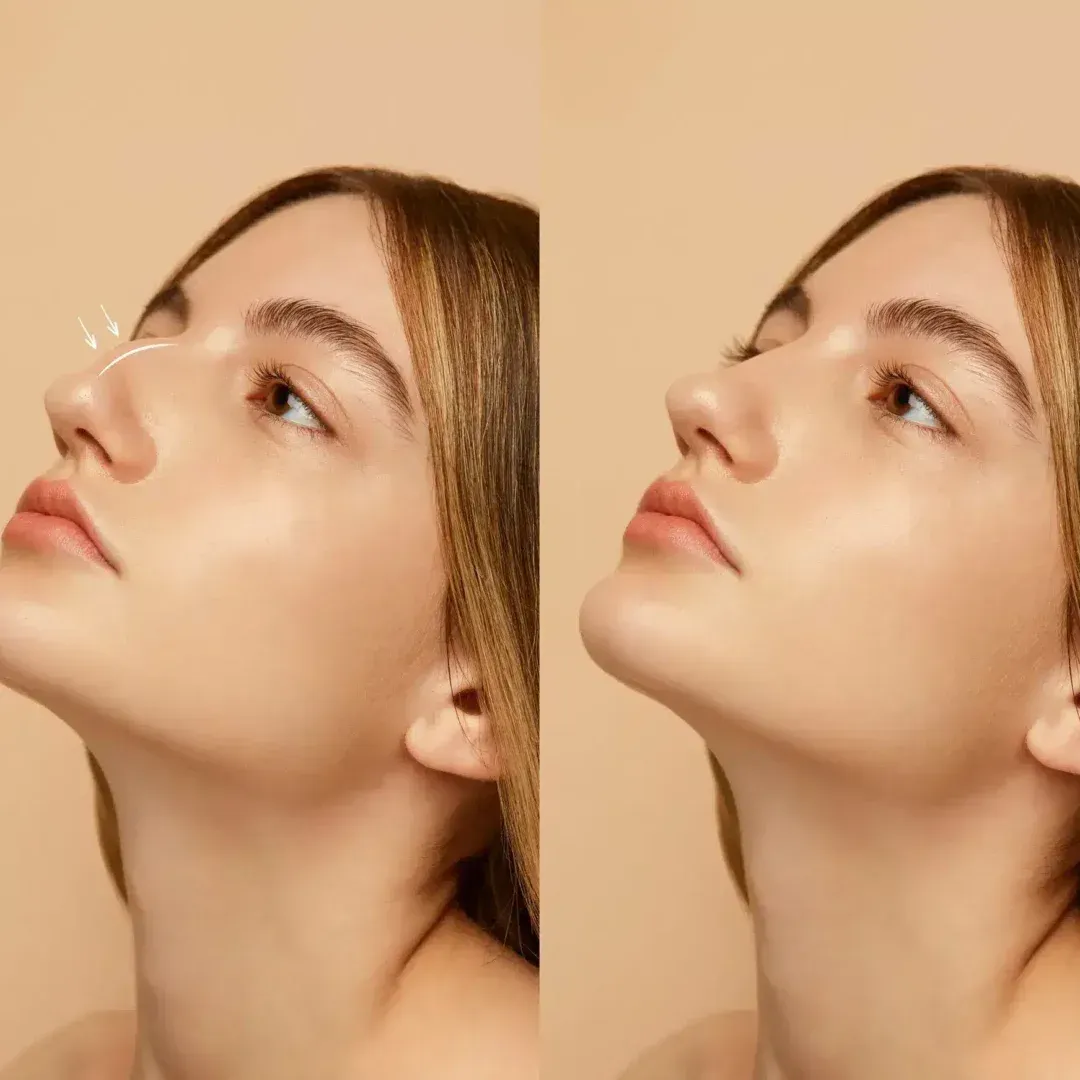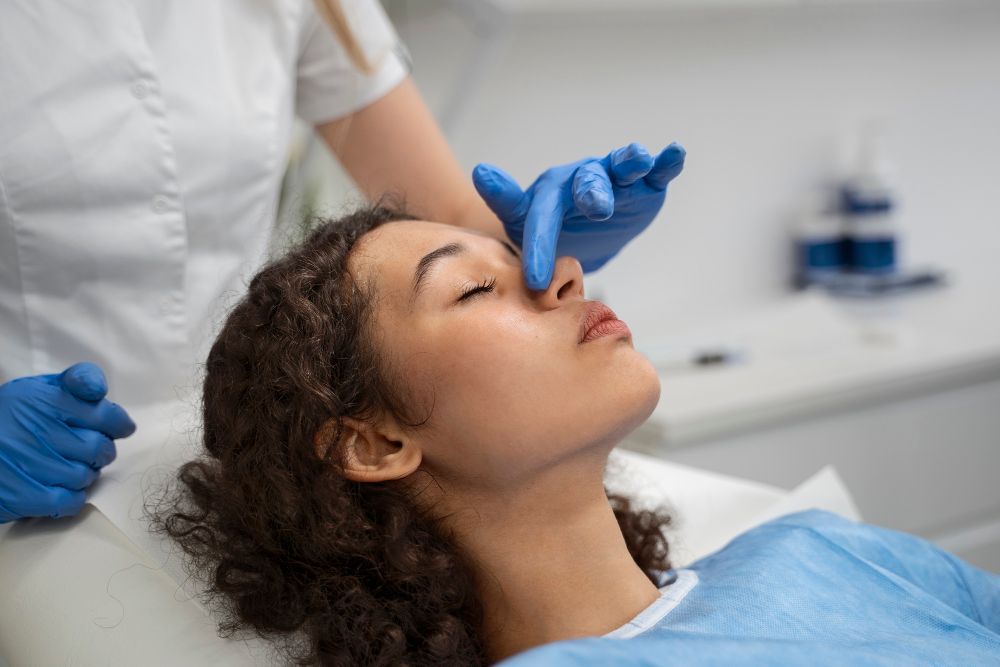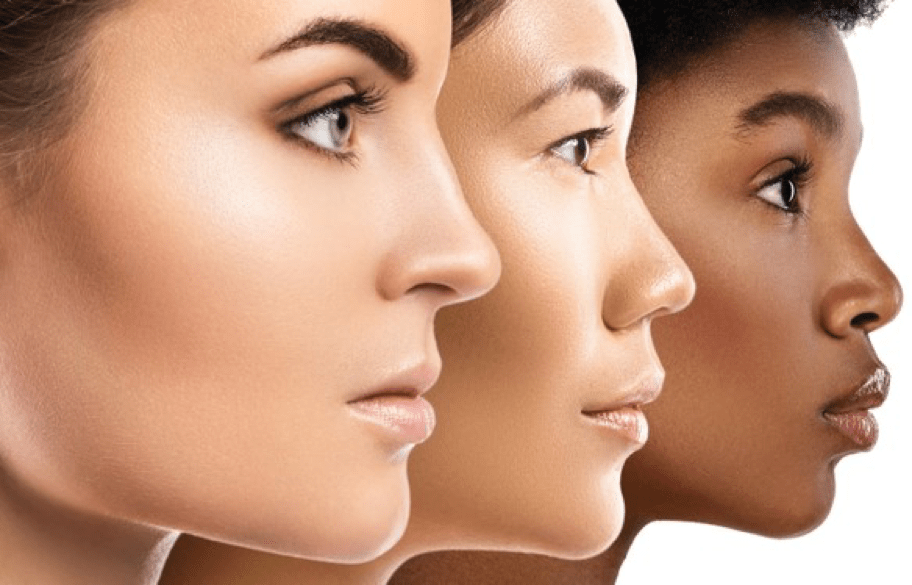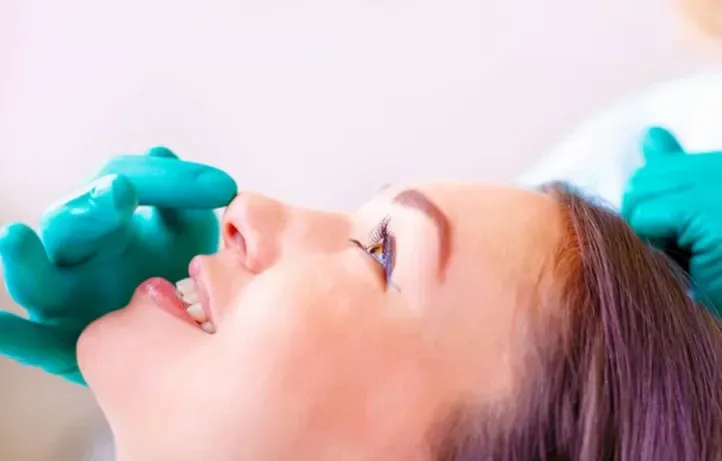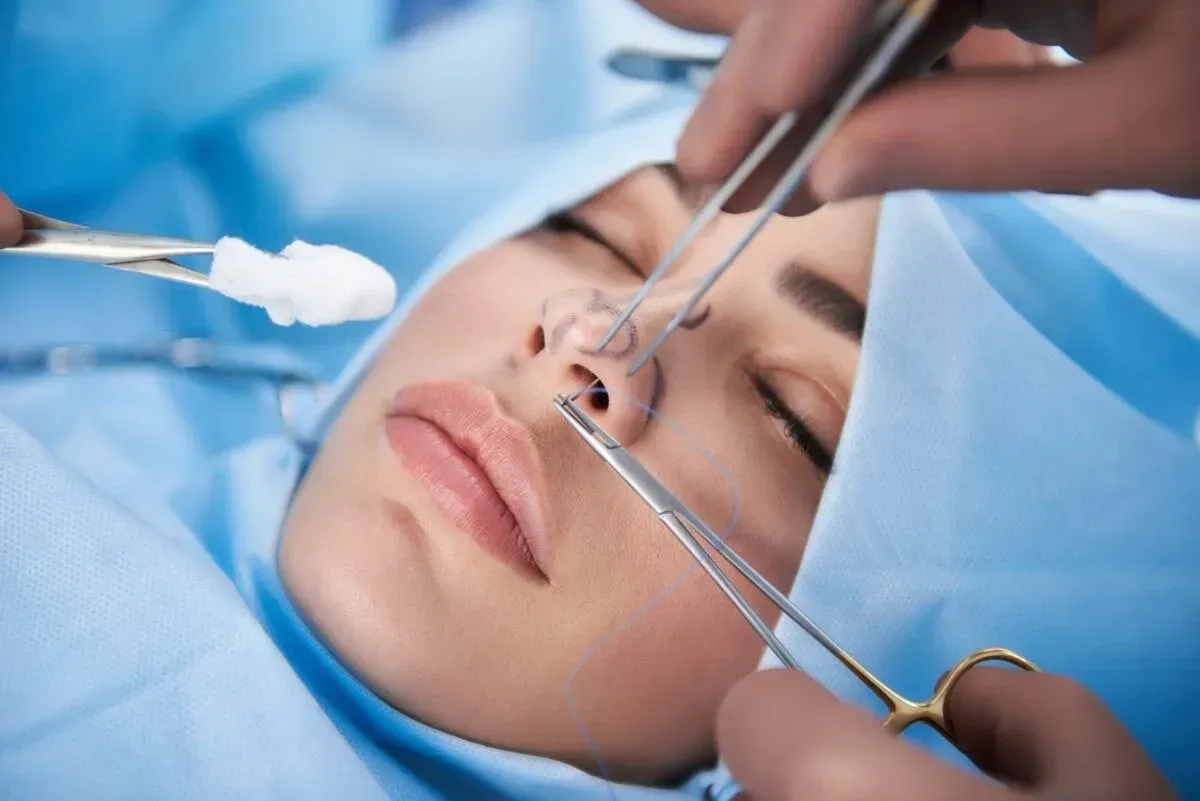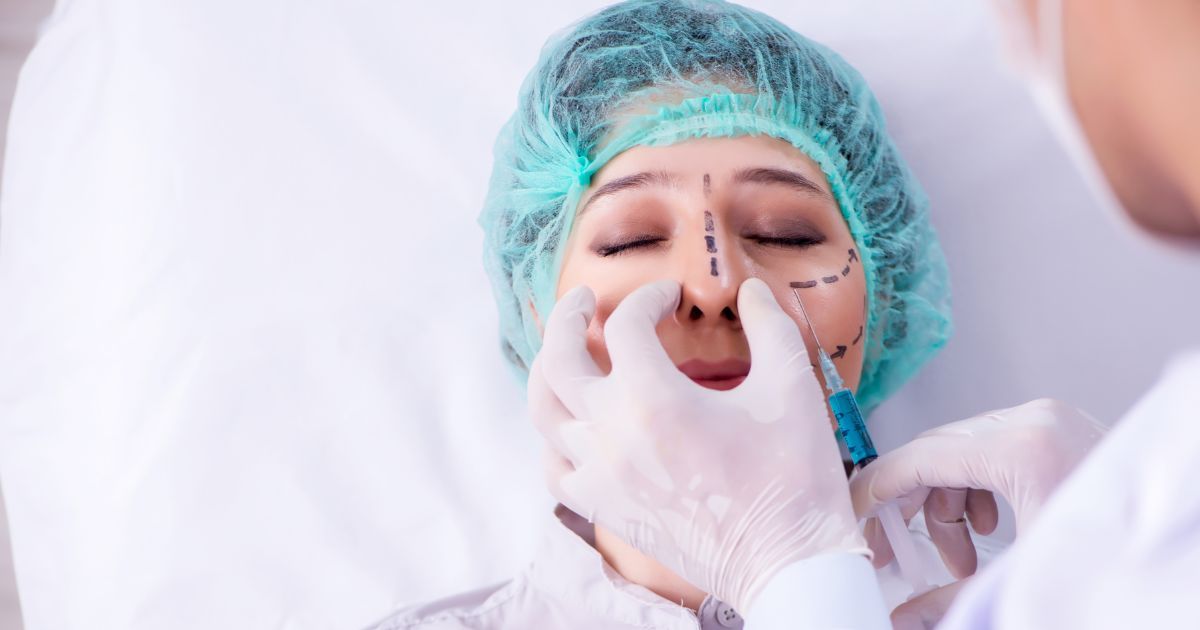Male Rhinoplasty in Korea: Tailored Solutions for Masculine Facial Balance
Male Rhinoplasty in Korea: Tailored Solutions for Masculine Facial Balance

Enhancing Structure Without Sacrificing Strength
Rhinoplasty has long been associated with feminine aesthetics—but today, more men than ever are turning to nose surgery to enhance facial structure, improve symmetry, and boost confidence, all while preserving their masculine identity. In South Korea, a global leader in cosmetic surgery, male rhinoplasty is growing rapidly—drawing in actors, athletes, professionals, and international clients alike.
Korean surgeons understand that male rhinoplasty is not just a smaller version of female rhinoplasty. It’s a different art form altogether—one that emphasizes strength, balance, and subtlety.
In this blog, we explore how male rhinoplasty in Korea offers tailored solutions designed specifically for men.
🧠 How Male Rhinoplasty Differs from Female Procedures
When it comes to male rhinoplasty, goals and design elements differ significantly from those of female patients. Korean surgeons carefully customize the approach to maintain a natural, masculine appearance.
Key Differences:
FeatureFemale RhinoplastyMale RhinoplastyBridge DesignNarrow, sloped, delicateStraight or slightly high, strongTip RotationSlightly upturned for softnessMinimal rotation to preserve structureAngle with Upper Lip~95–105°~90° for a more vertical, masculine lineNarrowing of NoseCommon, especially for eleganceConservative, to avoid feminizationAesthetic GoalSoft, graceful refinementStrong, sharp definition with harmony
✨ In Korean male rhinoplasty, the emphasis is on strength, symmetry, and subtle enhancement—not overly sculpted or artificial results.
🔷 Ideal Nose Shapes That Complement Masculine Features
An ideal male nose should:
- Have a straight dorsal line (no scooping)
- Maintain a high and defined nasal bridge
- Keep the nasal tip proportionate, without excessive rotation or refinement
- Align well with a strong jawline and brow ridge
Korean surgeons carefully assess the patient’s full facial structure, including:
- Cheekbone width
- Chin projection
- Forehead slope
- Ethnic and individual features
This ensures the new nose doesn’t just “look good”—it balances naturally with the rest of the face.
🎯 Who’s Getting Male Rhinoplasty in Korea?
✅ Popular Among:
- Actors seeking sharper on-screen presence
- Models and influencers wanting photogenic balance
- Athletes repairing past nasal injuries with aesthetic improvement
- Business professionals aiming to boost self-confidence and executive image
- Foreigners seeking subtle yet masculine refinement without dramatic changes
South Korea is trusted for its refined, discreet results—a reason why many men from the U.S., Middle East, Southeast Asia, and Europe choose to travel here for surgery.
🌏 Cultural Trends: Male Beauty and Aesthetics in Asia
In Korea and across Asia, male grooming and facial aesthetics have become socially accepted and even admired. The modern male look is:
- Clean, balanced, and natural
- Confident but not overdone
- Structured, yet authentic
As K-drama actors and male idols influence beauty standards, international demand for Korean male rhinoplasty has grown, particularly because the Korean aesthetic avoids the over-operated look.
🛠️ Surgical Techniques for Male Rhinoplasty in Korea
Korean clinics use:
- Autologous cartilage grafting (from the septum, ear, or rib) for strong support
- Closed rhinoplasty techniques for minimal visible scarring
- Open rhinoplasty when more detailed structural reshaping is needed
- Ultrasonic tools for precise bone reshaping with reduced swelling and bruising
- 3D simulations for personalized planning and realistic visual previews
Surgeons often combine functional correction (e.g., deviated septum) with aesthetics for men who also suffer from nasal obstruction or trauma.
⏳ Downtime and Recovery for the Busy Male Client
Many male patients—especially professionals—are concerned about recovery time. Here’s what to expect:
🩹 Post-Op Timeline:
- Day 1–3: Mild to moderate swelling; rest is recommended
- Day 4–7: Splint and sutures removed; bruising begins to fade
- Day 8–10: Most men feel comfortable returning to work or video calls
- Week 2–4: Swelling subsides significantly
- 3–6 months: Nose continues refining, but results are already visible
- 1 year: Final shape and skin settling
Many clinics in Korea offer swelling management treatments, including:
- LED light therapy
- Herbal anti-inflammatory packs
- Manual lymphatic drainage massages
💬 Real Stories from Male Patients
🗣️ Marcus, 33 – USA
“I didn’t want a ‘perfect’ nose—I just wanted one that matched my face. The Korean clinic gave me a stronger bridge and fixed a small hump. It’s subtle, but I feel like a better version of myself.”
🗣️ Omar, 28 – UAE
“I was worried they’d make my nose too small or feminine. But my surgeon listened carefully and created something strong and masculine. The whole process was smooth—and discreet.”
🗣️ Jinwoo, 24 – Korea
“My nose was wide and lacked definition. After rhinoplasty, it fits my jawline and looks sharp, not fake. I didn’t tell anyone, and no one noticed—except that I look better in every photo.”
✅ Why Men Choose Korea for Rhinoplasty
- Surgeons trained in subtle male facial harmony
- Use of strong cartilage structures for long-term results
- Minimal scarring and faster recovery techniques
- Multilingual care teams for international clients
- Discreet service and professional setting
- Combination of function + aesthetics for a healthy, balanced outcome
🧠 Final Thoughts: Strength, Not Softness
Male rhinoplasty in Korea is all about preserving identity, enhancing masculinity, and creating harmony—not softness. If you've ever felt self-conscious about your nose but feared looking unnatural, Korean surgeons offer a middle path: refinement without feminization.
